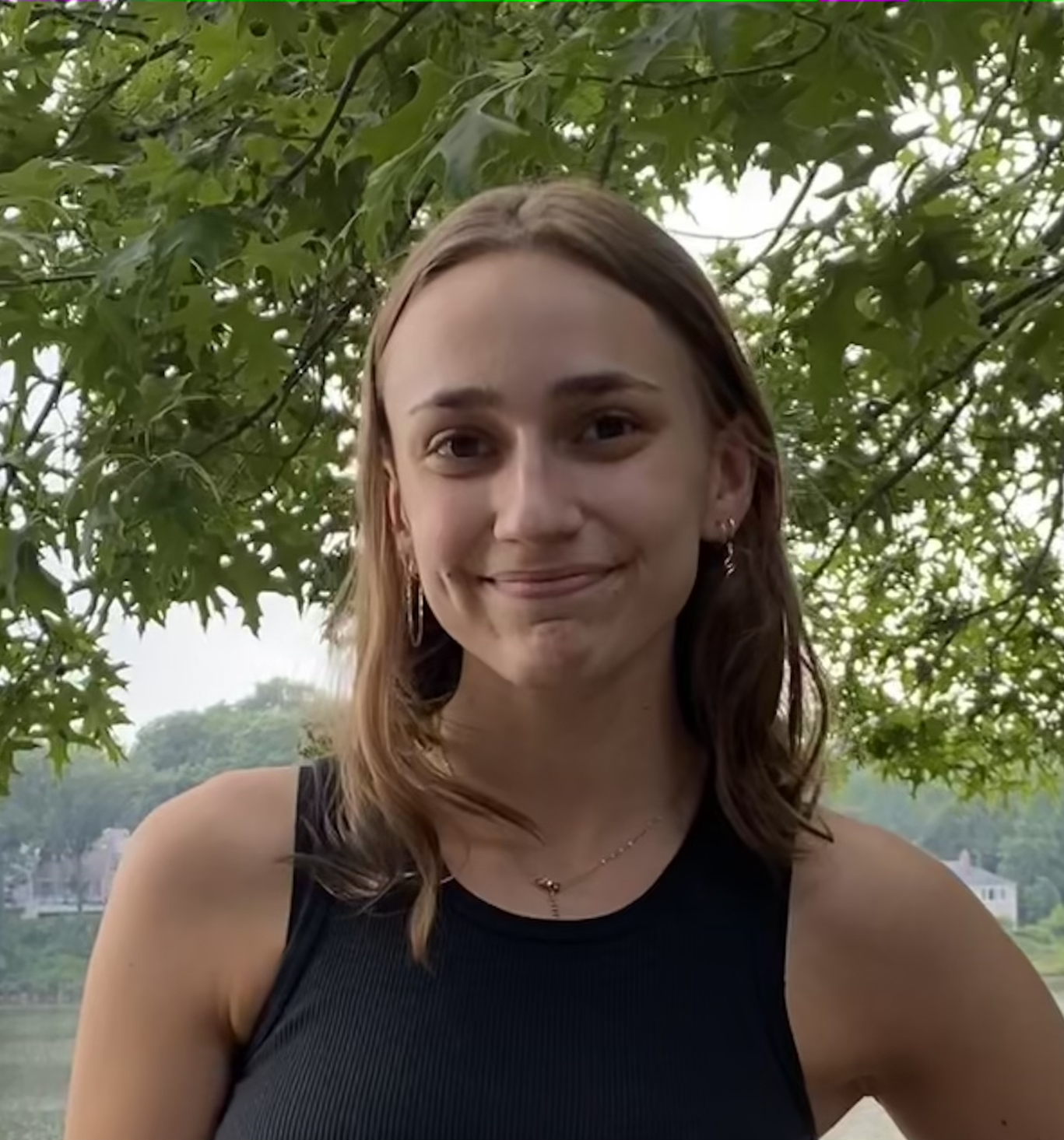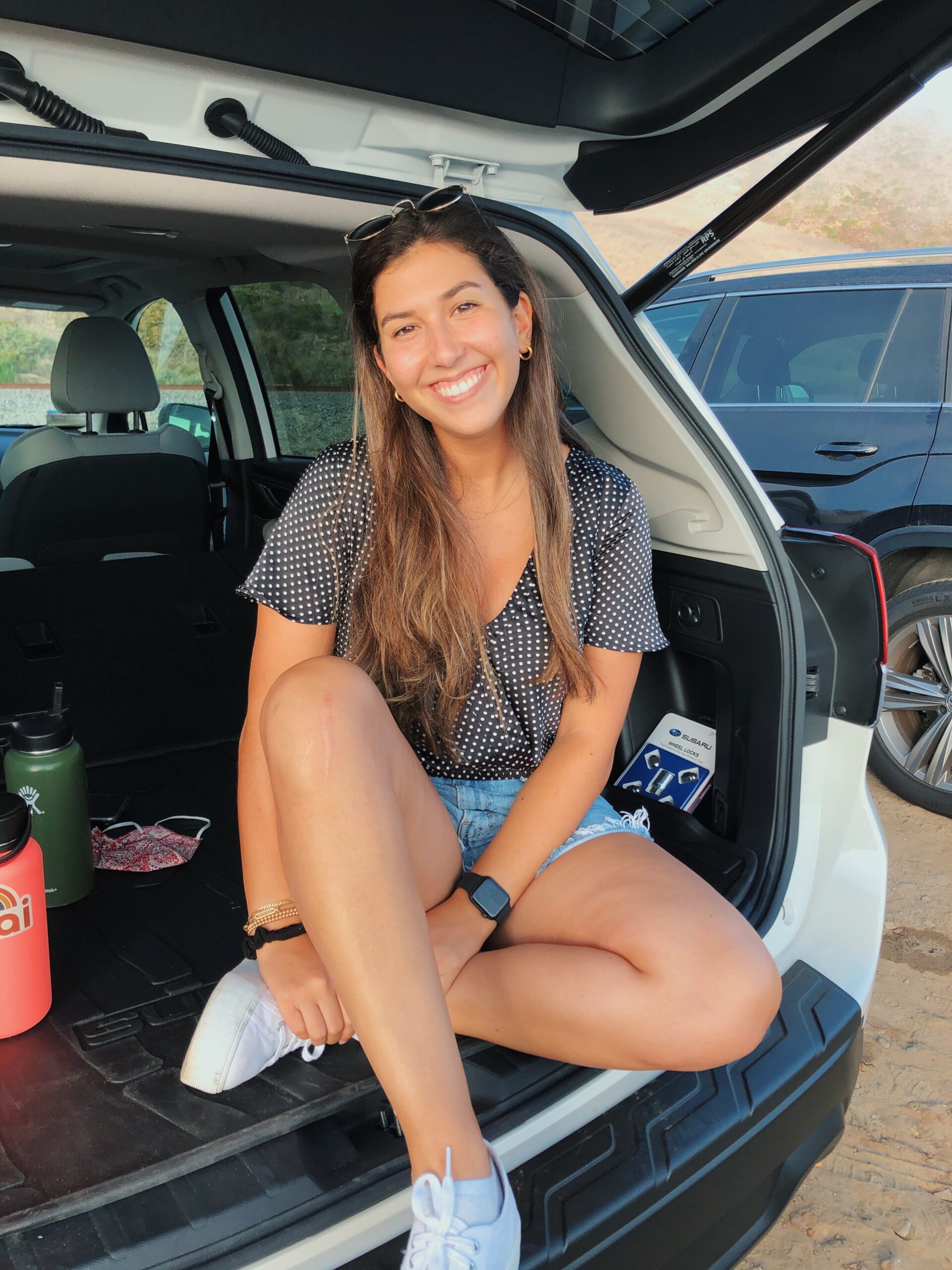Abstract: Over the last decade, the scale and influence of political digital advertising has increased dramatically. Campaigns are taking advantage of the ever-expanding audience that social media platforms have grown to offer and utilize online advertisements as an important component of their election strategy. There is an overwhelming amount of data available about these ads, especially from large platforms like Google and Facebook, but the sheer volume of ads makes it difficult to analyze. The Wesleyan Media Project has a team of hand coders who have reviewed 3,000 Facebook ads from the 2020 U.S. Election and classified them based on a number of variables, including the perceived goal of the ad. This information is extremely useful for our analysis of the sentiment and content of these ads, but hand coding is a time intensive process that cannot keep up with the scale of digital advertising. Our goal is to automate part of this process by training a machine learning classification model on the information we have from the hand labeled data set. In doing so, we can utilize computational analysis to gain insight into campaigns’ advertising strategies on social media platforms.
FINAL-QAC-apprenticeship-posterLive Poster Session: https://wesleyan.zoom.us/j/96016348679?pwd=dWVkbVRYbFpiNHYzREtpdjB1WjduZz09
Thursday, July 29th 1:45-2:45pm EDT



